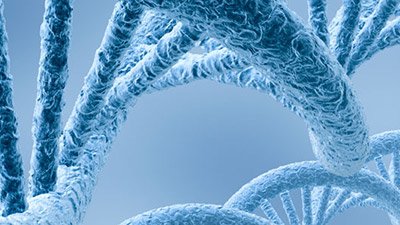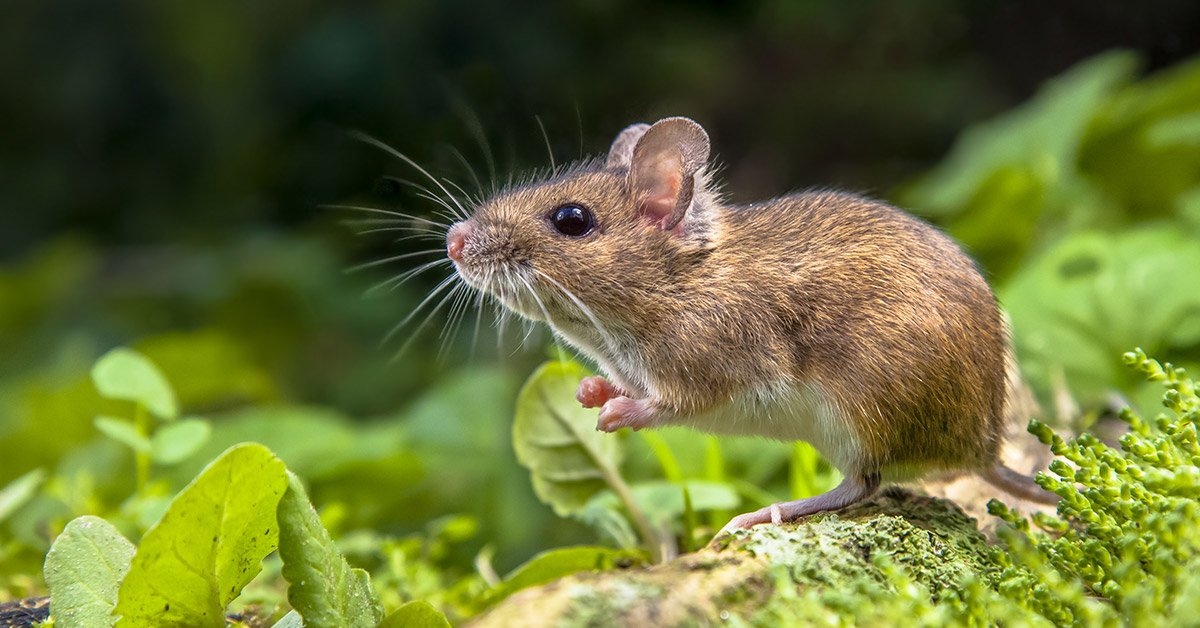
Non-Genetic Traits Lengthen Roundworm Life Span
Longevity in roundworms lasts until the 3rd generation.
News Source
Acquired traits cannot be inherited, but geneticists are increasingly finding epigenetically regulated traits that can. Heritable non-genetic traits include the color of flowers, fruit fly eyes, and mouse fur.1
Stanford geneticist Anne Brunet and Eric Greer have added longevity to that list. Despite the temptation to ponder human applications, this research involved roundworms.
Epigenetic changes provide ways for organisms to respond to environmental changes by reversibly switching genes on and off. The actual genes do not change. Usually this process involves modification of chemical tags on DNA or on the histone proteins that keep DNA packed properly. A typical epigenetic change involves attaching carbon-containing methyl groups.
In the roundworm Caenorhabditis elegans, methylation locks chromatin in an open configuration that alters the expression of nearby genes. Last year Brunet published work showing methylation of a particular complex (H3K4) of roundworm genes increases its life span by 30%.
These non-mutants were genetically identical to ordinary worms that die young, but they nevertheless enjoyed the lingering benefit of ancestral methylation with an extended life span.
Greer undertook additional research to see if the improved life span would last through subsequent generations. After inducing the mutation that caused methylation and increased roundworm life span, Greer crossbred the roundworms and selected non-mutant offspring for further study. These non-mutants were genetically identical to ordinary worms that die young, but they nevertheless enjoyed the lingering benefit of ancestral methylation with an extended life span.
The increased life span abruptly ended with the 4th generation. “We would have expected maybe that the effect would gradually wane, but in fact it seems to be disappearing in a more abrupt manner,” Brunet explained. “We don’t know why.”2 The authors hypothesize that the methylated regulatory proteins that are normally “reset from one generation to the next in the germ line” are not being “completely erased and replenished.”3 Thus, until those regulatory proteins are replaced, the fruit of the ancestral epigenetic change continues.
The authors write, “Our study provides the first example of epigenetic inheritance of longevity.”4
And because the same genetic regulators are “conserved from yeast to humans, manipulations of this complex in parents might have a heritable effect on longevity in mammals.”5
This epigenetic methylation mutation is analogous to a confused person breaking all the locks in his house so that they remain in the open position. When the person moves out—analogous to the mutation being selectively eliminated—the locks are still broken. Those locks remain broken until someone has them repaired. The abrupt end of the epigenetic effect may similarly be due to an intrinsic repair process by which the lingering effects of the mutation on DNA-associated regulatory proteins are eventually “cured.” (Ironically, of course, this results in a shorter life for the roundworm, but we’re confident the roundworm doesn’t really care.)
This research of course involved neither evolution of any sort of new creature nor any permanent changes in roundworms. The statement that these regulatory genes are “conserved from yeast to humans” implies these important genes have been transmitted through many kinds of organisms along the evolutionary tree. Beyond that implication, the authors make no evolutionary claims. Epigenetic changes can never offer a way to acquire new genetic information but can only alter the expression of information already present in the genome. It is as yet unknown whether heritable epigenetic changes produce phenotypic variations in humans, but there is good evidence that epigenetic modification does occur in humans, as demonstrated by a recent twin study. Epigenetic changes are evidently one of the ways God designed for living things to vary enough to cope with changing conditions.
Further Reading
- Get Answers: Design in Nature
For More Information: Get Answers
Remember, if you see a news story that might merit some attention, let us know about it! (Note: if the story originates from the Associated Press, FOX News, MSNBC, the New York Times, or another major national media outlet, we will most likely have already heard about it.) And thanks to all of our readers who have submitted great news tips to us. If you didn’t catch all the latest News to Know, why not take a look to see what you’ve missed?
(Please note that links will take you directly to the source. Answers in Genesis is not responsible for content on the websites to which we refer. For more information, please see our Privacy Policy.)
Footnotes
- Cristina Luiggi, “How Longevity Is Passed On,” The Scientist, October 19, 2011, http://www.the-scientist.com/?articles.view/articleNo/31303/title/How-Longevity-Is-Passed-On/.
- Ibid.
- Eric L. Greer et al., “Transgenerational Epigenetic Inheritance of Longevity in Caenorhabditis elegans,” Nature 479, no. 7373 (November 17, 2011): 365–371, doi:10.1038/nature10572.
- Ibid.
- Ibid.
Recommended Resources

Answers in Genesis is an apologetics ministry, dedicated to helping Christians defend their faith and proclaim the good news of Jesus Christ.
- Customer Service 800.778.3390
- © 2024 Answers in Genesis






